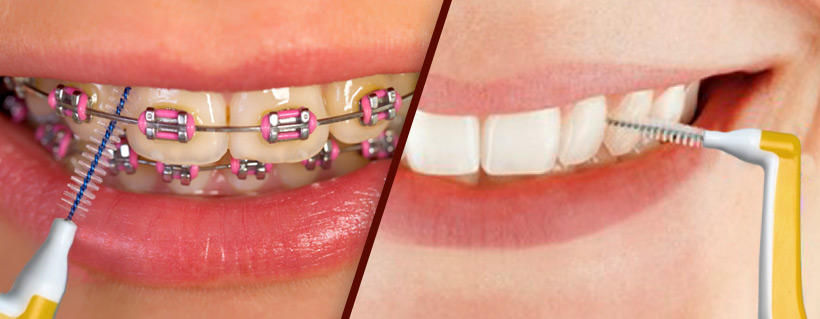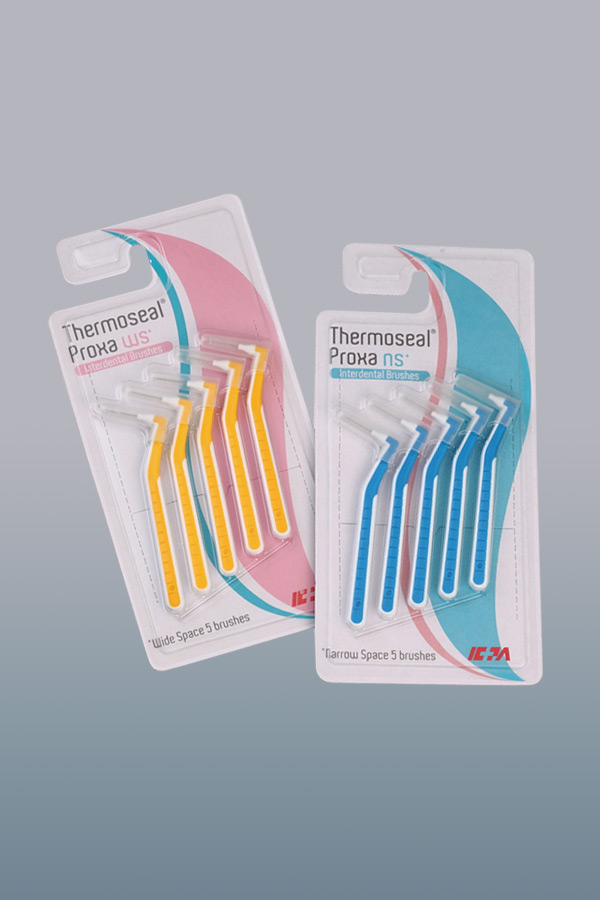Menu

Date: 9th Nov., 2016
Let’s face it, regular toothbrushes simply cannot do the best job of cleaning your teeth by themselves. On average, only 43% of plaque is removed by brushing. There are parts of your mouth – like the gap between your teeth – that a toothbrush cannot even reach. While brushing twice a day is a must, if you want to remove the stubborn plaque out, you’re going to need some extra help.
This is where an interdental brush comes in. These are toothbrushes with circular heads. They are inserted between your teeth for cleaning the areas your regular toothbrush can’t.
Interdental brushes and floss, both, clean the interdental gaps between teeth. While they perform the same task, their applications differ a little. Floss is the perfect tool for cleaning the narrow interdental spaces, however, some teeth have wider gaps making them harder to clean.
Moreover, those who have fixed braces or suffer from joint problems, causing limited mobility, are unable to use a floss. In these cases, an interdental brush can be effectively used for cleaning the interdental spaces as well as around braces and orthodontic wires.
Since floss and interdental brushes have their own uses, they should both be a part of your dental care kit – floss for cleaning the entire tooth’s side and interdental brushes for wide gaps.

Dental plaque is detrimental to your oral health and should be removed regularly. You can do so without facing hassles with an interdental toothbrush. Get yours now!
References:
Save
Save
Save
Save
Save
Save
Save
Save
Save
Save
Save
Save


| PRODUCTS | QTY | PRICE | VALUE in INR |
|---|
| PRODUCTS | QTY | PRICE | VALUE in INR |
|---|